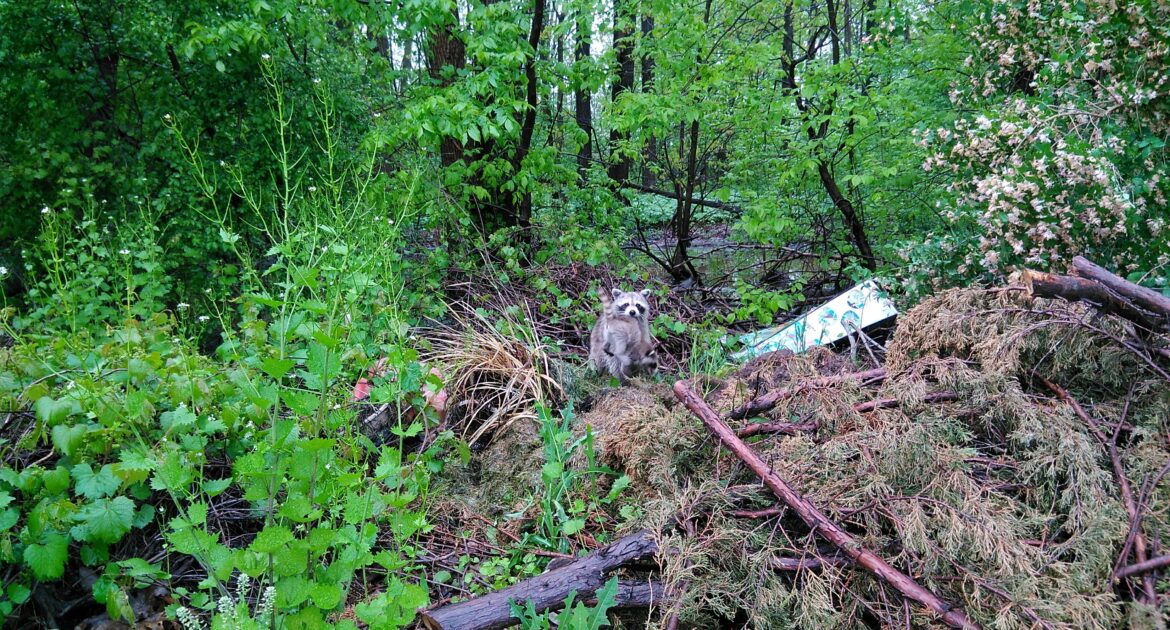With spring on the horizon, there is nothing better than going for a walk to see the budding trees and flourishing wildlife.. The beauty of the landscape and the native animal populations can make outdoor exploration exciting. However, while wildlife observation is a great outdoor activity, feeding wildlife is another story.
You should never feed or interfere with wildlife. While many people feed backyard species to ensure they have a sustained population, it does more harm than good. The regular feeding of wildlife creates problems for both the animals and the people.
Wildlife lovers trying to get a closer look, do not intend to create problems. Most people simply want to help or encourage positive interactions and help local wildlife. Unfortunately, routine feeding and regular interaction lead to problematic behaviours and often adverse interactions. Below are three reasons why this good-intended gesture could harm wildlife.
1. Acclimation
The primary reason to maintain distance from wildlife is to avoid acclimation or dependency. If people continually offer food to wildlife, the animals become dependent on it. When talking about foraging animals like raccoons, the critters do not feel the need to scrounge for food because it is given to them freely. Unfortunately, if people stop feeding the animals, it can lead to issues.
When animals have a continuous supply of food, they might fail to follow normal migratory patterns. For instance, a raccoon might travel to more food stable locations in the winter months, but when they are fed, they will remain. If the homeowner or feeder fails to keep feeding the animal, it is stranded in an area with a limited food supply.
The feeding of wildlife also encourages nesting near your home or property. By feeding animals, you will probably experience more problems from burrowing and den building. Raccoons, for example, will also try to get inside structures, such as sheds or attics.
2. Health
Feeding wildlife can also cause significant health issues for the animals. Many people assume that since most neighbourhood species are foragers, they can eat whatever, including human food. Unfortunately, that is not an accurate conclusion.
Animals might like human food, especially squirrels, but much of it is dangerous. For instance, homeowners might feed squirrels salted nuts. While the animal might eat it and even enjoy it, sodium is dangerous for them. The high salt content can cause kidney problems for the little critters.
Many homeowners will also throw bread, cookies, or other carb-heavy foods out for wildlife that do not provide them with real protein or healthy energy sources. Again, most animals require an essential diet of seeds, nuts, berries, etc. It is best for foragers to find their own food.
3. Safety
When you feed wildlife, you create the opportunity to break down necessary boundaries between humans and animals. While you might benefit from the interaction, the wildlife will not. The animals begin to appreciate humans as a source of food, no longer viewing them as a threat. Unfortunately, people might see an animal without natural human fear as sickly.
Additionally, if you feed an animal regularly, you might gain a false sense of confidence around the animal. You might believe that you built a relationship with the animal that should allow you to treat it like a pet. Wild animals are not pets and are best able to thrive when given space in their environment. Regardless of the amount of time you spend with the animals, they are wild and can react unpredictably. Keeping your distance is about the safety of the wildlife and yourself.
Do you have wildlife around your home that is getting too comfortable? Are you concerned that animals are nesting or burrowing on your property? If so, contact Skedaddle Humane Wildlife Control for assistance. The company will send a technician to your property to assess the space and determine the extent of the problem. If they find a problem, they will discuss mitigation strategies to ensure your property is free of any wildlife.




